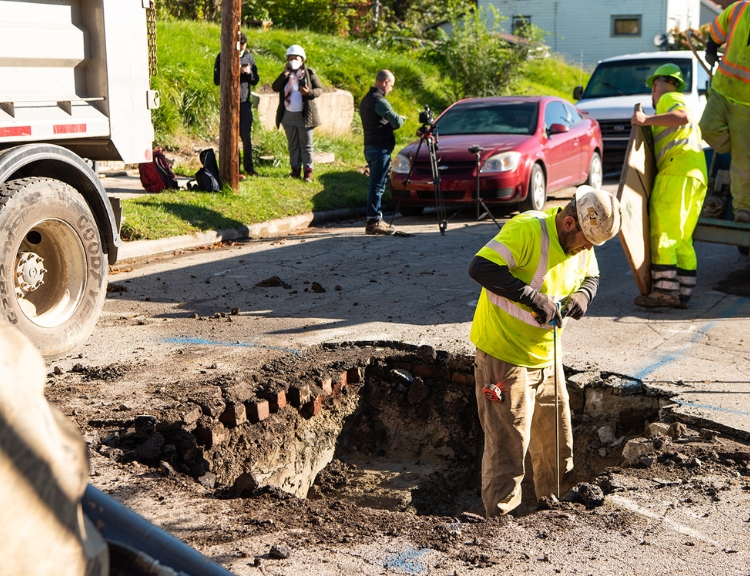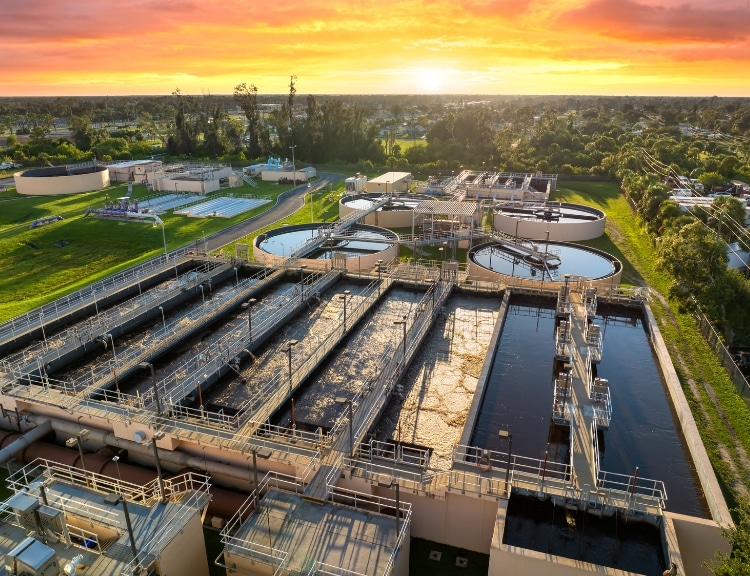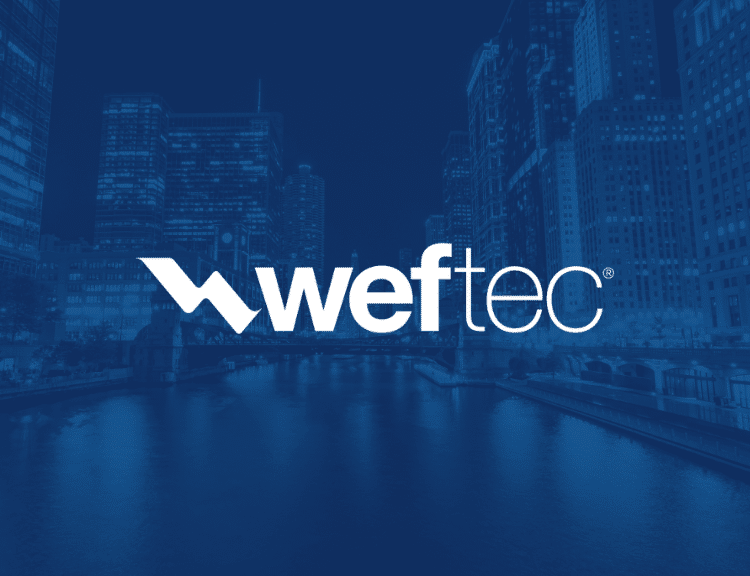In a conversation with Flyover Future, our managing director, Ian Robinson, talked about how BlueConduit’s technology is helping cities accelerate their lead service line replacement programs
How does machine learning detect where the lead pipes are located?
Robinson: We train a model based on what the cities have in terms of verified data. That data might include the home value, the age of home, building codes, the distance from fire hydrant and any other information we can get about the area surrounding a property. We then use that input in our machine learning model to identify the relationships between those variables to predict what the likely material is.
Because this is data science, it’s not going to tell you that there is a lead pipe here and a copper pipe there. However, it will give you a likelihood. A lot of decisions have to be made based on this information. This can help with water filter distribution and creating a public-facing map where you can communicate to the public on the relative risk of having a lead service line and then the address.
It’s about being able to create action-oriented steps to reduce exposure. We’re really trying to support all the ways this information can be used.





